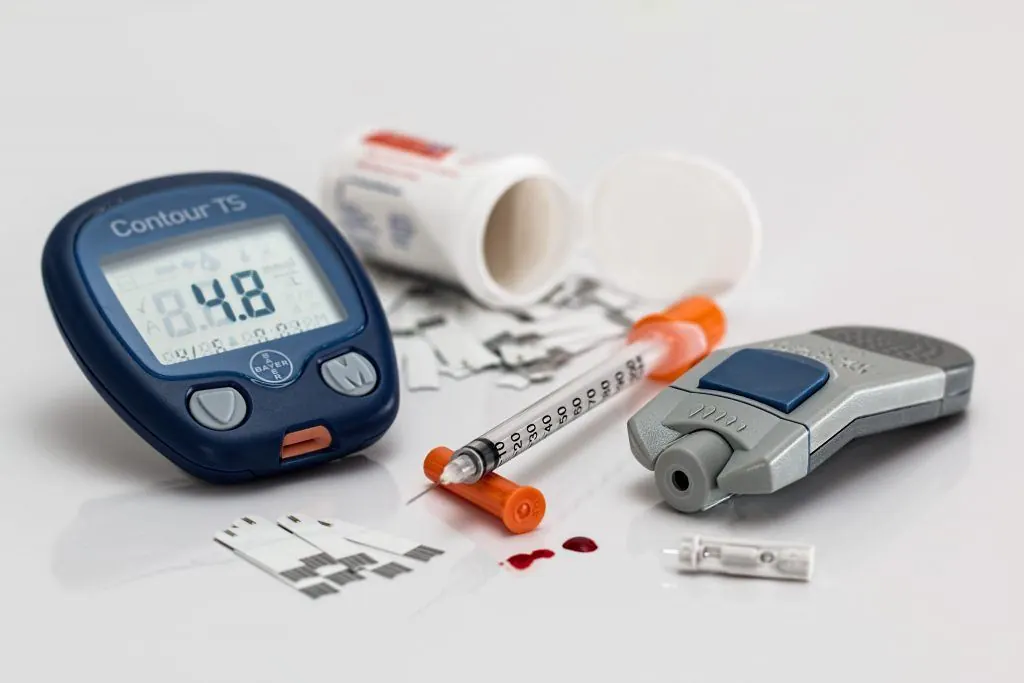Using Steroids for Spinal Cord Injuries
In the past few decades, there has been a significant amount of focus on spinal cord injuries. Researchers have focused on spinal cord injuries because they have the potential to leave individuals permanently disabled, significantly damaging the quality of life of not only the individuals but also their families. Some of the statistics published by Spinal Cord regarding spinal cord injuries include:
- Around 40 out of every one million individuals will sustain a spinal cord injury.
- More than a quarter of a million people are living with a spinal cord injury in the United States.
- About a third of all spinal cord injuries are complete injuries, meaning that they could result in paralysis.
Because of the severity of these injuries, it is important to diagnose and treat spinal cord issues as quickly as possible. Recently, a research study was completed exploring the possibility of using steroids to treat spinal cord injuries. The results could prove to be beneficial to individuals who previously had no other treatment option.
Can Steroids Help Spinal Cord Injuries?
A hospital conducted a review of the more than a dozen people who had sustained a blunt injury to the spinal cord who received a steroid called methylprednisolone. This review was a part of the National Acute Spinal Cord Injury Study. Pertinent results from the study include:
- The majority of these blunt spinal cord injuries were from falls. Other causes included auto accidents and slip and fall injuries.
- All of these patients had incomplete injuries of the spinal cord.
- The most common location of the injuries was the cervical spine.
Most of the patients had received methylprednisolone within three hours of the injury. The vast majority of the patients were discharged after receiving steroids without any acute complications. One of the patients was diagnosed with a contusion of the spinal cord, and another patient was diagnosed with a bone fracture of the spine. Based on the results of this study, it appears that steroids could be used to reduce the chance of sustaining a serious complication resulting from blunt injury of the spinal cord. One of the possible complications of receiving steroids is an increased risk of infection. Because steroids reduce the function of the immune system, this is a possibility that needs to be considered. None of the patients in this study developed a severe infection from their steroid treatment.
Future Directions
The results of this study offer a promising new treatment option for individuals who have sustained a spinal cord injury. This study looked at people who had suffered blunt trauma of the spinal cord. Future studies should take a look at the possibility of using steroids in people who have sustained a complete spinal cord injury. Steroids can be used to reduce swelling in the cord, which could potentially relieve nerve damage that otherwise would have become permanent. Regardless, people who have injured their spine should speak with their physician about the possibility of using steroids to treat their injury.
Watch YouTube Video: High-Dose Steroids for Spinal Cord Injury. In this video, Dr. David Chen from the Spinal Cord Injury Rehabilitation Program in Chicago discusses the benefits and complications of using high-dose steroids for a spinal cord injury.
Related Articles
Personal Injury Lawyers in Sacramento
I’m Ed Smith, a Sacramento Personal Injury Lawyer. A spinal cord injury can have life-long consequences. If someone you know has suffered permanent damage as the result of a spinal cord injury, please give me a call at (916) 921-6400 or (800) 404-5400 for free, friendly legal advice.
I am proud to be a part of the Million Dollar Advocates Forum.
Our verdicts or settlements are available at this site for everyone to look at.
You can visit Yelp, Avvo, & Google to see reviews compiled by our past clients.
Image Attribution: The picture at the start of this page can be found on Unsplash. It has been reproduced here with permission.
:dr cha [cs 683] cv

